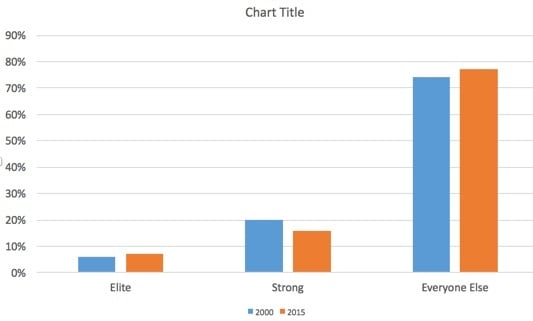- February 29, 2016
- Posted by: Dave Kurlan
- Category: Understanding the Sales Force

Saturday evening, I was driving my car and listening to the radio when a song played that I hadn’t heard since the 70’s. It occurred to me that long before the advent of rap music, Charlie Daniels must have been the accidental originator of rap with his song, The Devil Went Down to Georgia. If you are too young to have heard it, don’t remember it, or just want to hear this white country boy do his thing, watch this awesome YouTube clip.
Thinking of rap got me to thinking of salespeople – who always get a bad rap – and that got me to thinking about Bachman Turner Overdrive (BTO), and their song, Taking Care of Business, as you can see in this YouTube clip recorded at a prison! If you’re like me, you must be wondering where this post is heading…

- Creating value and insight during the client conversation
- Uncovering complete information regarding the decision making process
- Exploring client issues and challenges
The 3 topics are identical to those I write about most frequently because they correlate to the issues we uncover when we evaluate sales forces. Why are salespeople struggling so much with these issues?
- Their sales managers aren’t capable of helping them.
- The majority of companies fail to bring in expert help from the outside.
- A lot of the training doesn’t focus on the cause – only the symptoms.
- Salespeople tend to not practice and when they do practice, they practice doing it the wrong way.
- Those 3 issues are the core of Value Selling and a Consultative approach – the 2 most difficult competencies out of the 21 Sales Core Competencies.
- A lot of the training either isn’t very good, isn’t reinforced, or isn’t enforced. Sales leaders and CEO’s are not holding salespeople accountable for change.
- The starting point for any effective training is a customized, formal, structured, milestone-centric sales process and that is missing from many well-known training programs. Last week I received a call from an Israeli company that wanted Kurlan & Associates to teach their 200 salespeople to sell based on the video tools they created. Their products were cutting edge 21st century products, but the selling approach they created on their own was vintage 1970’s. I told them that they would have to either allow us to completely change their sales process and approach, or they would have to find another company to help them.
- Sales DNA plays a huge part in the difficulties that salespeople have when attempting to sell value or use a consultative approach. Sales DNA is the combination of strengths that support skills and when the strengths are actually weaknesses, salespeople are uncomfortable and/or unable to execute the process, strategies, tactics and achieve milestones.
